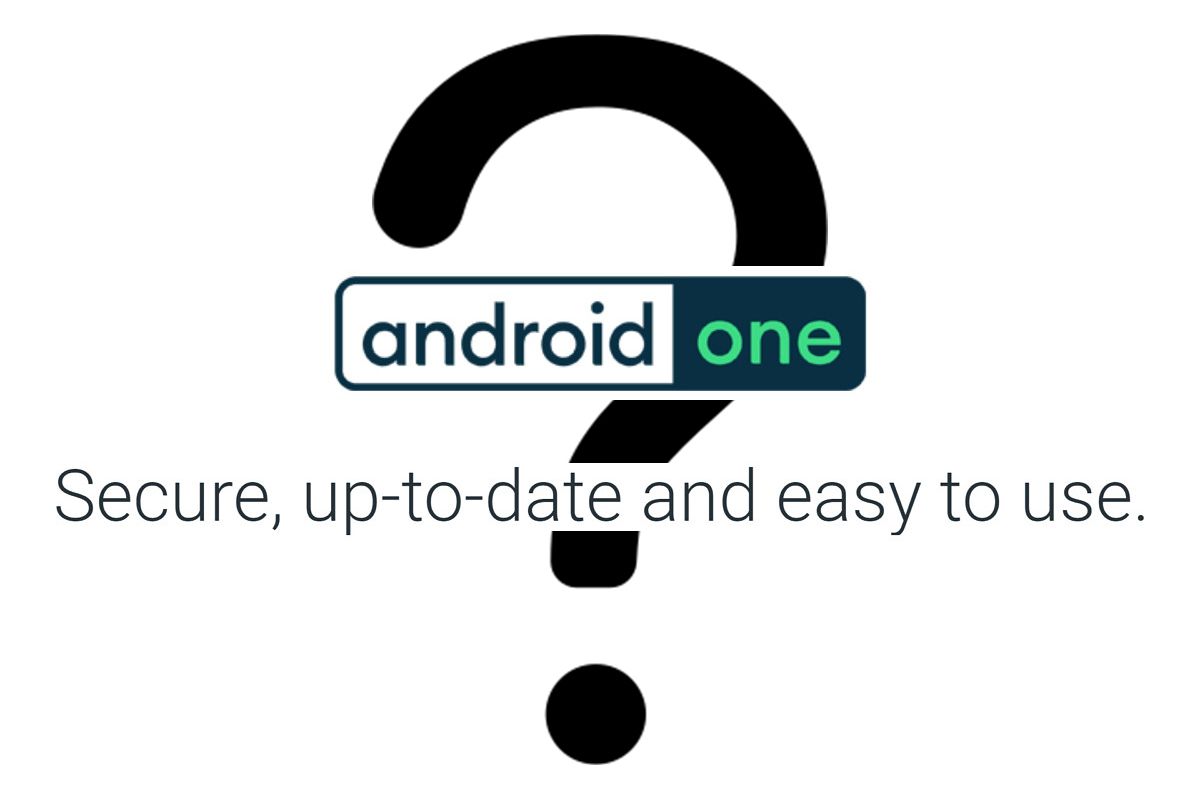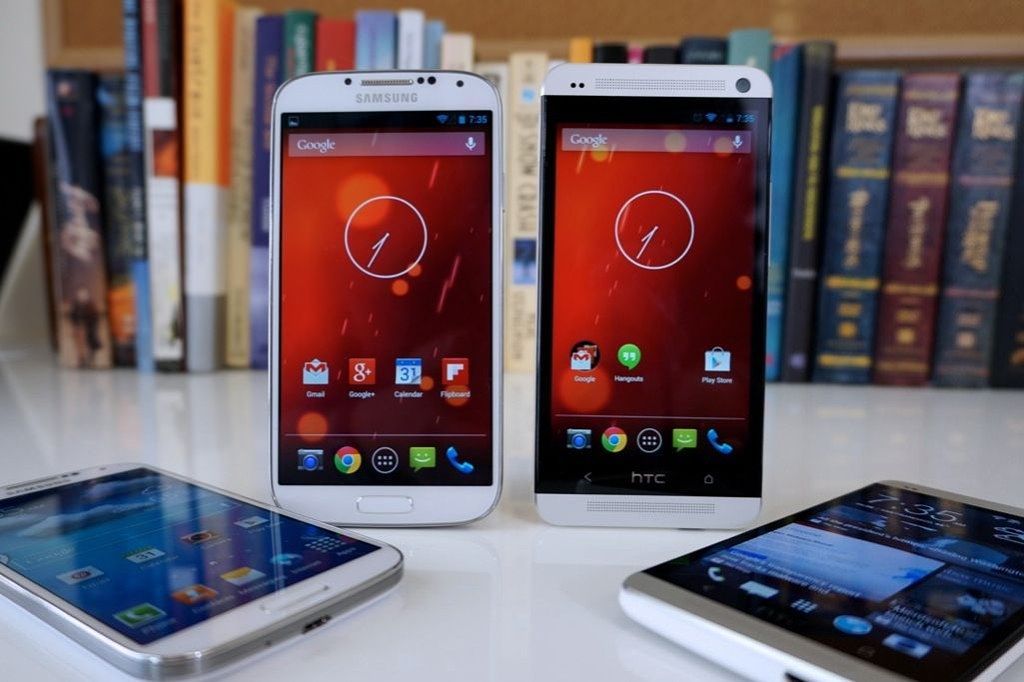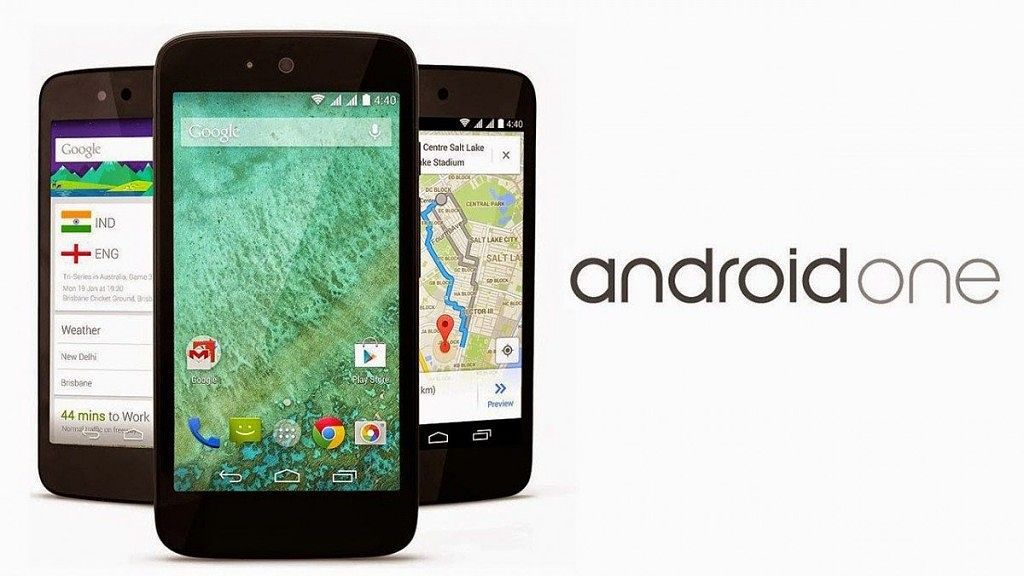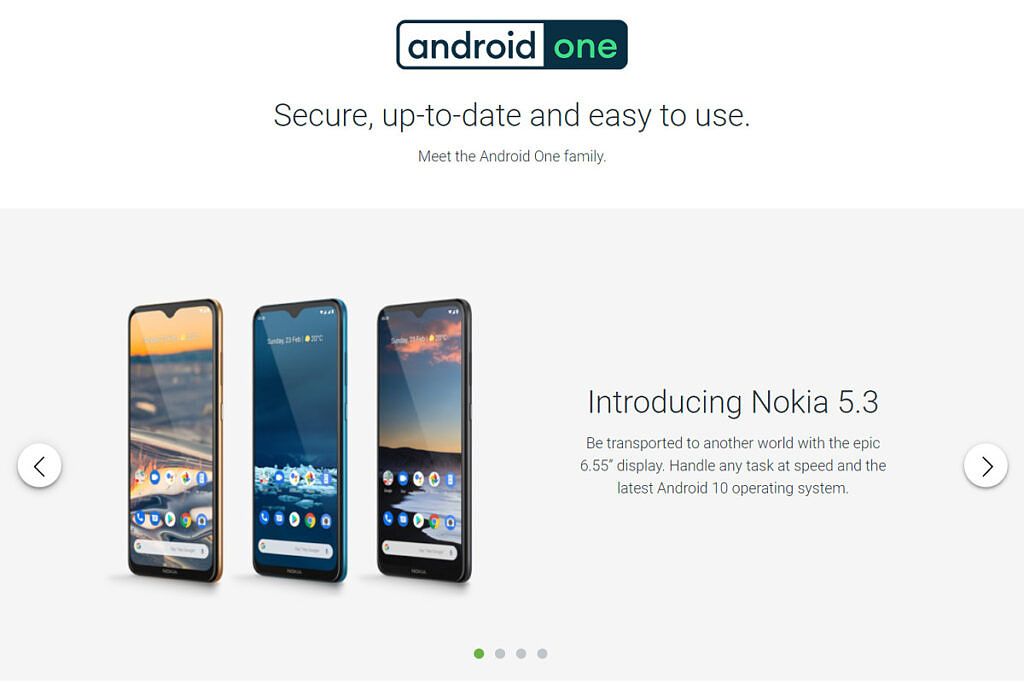Do you remember Android One? It's a pretty barebones Android variant that came with some smartphones, most notably pretty much all of HMD Global's Nokia-licensed portfolio. However, it's also responsible for the birth of popular devices such as the Xiaomi Mi A1 and was lauded by some thanks to its commitment to quick updates -- both major platform updates and security updates. And if you don't remember Android One, we won't blame you either, since the initiative has been missing from the public eye for a while now.
A brief recap into Android One
To roll things back a little bit though, before Android One came into existence, Google offered a few Android devices running a pure Android experience under the Google Play Edition (GPE) scheme, and one of the most famous examples was the HTC One M8. They were essentially popular smartphones that were re-launched with a much more close-to-stock feel with software more akin to what you'd have found on a Nexus back in the day.
Android One took over the reins from the Google Play Editions (and also a side step alternative to Google Nexus lineup) in 2014, offering a no-frills Android experience on devices sold from other OEMs. The idea was simple: if you wanted to experience stock Android with just Google Apps on top, Android One is what you would be looking at. While the Google Play Edition smartphones were unskinned counterparts of flagships of that generation, Android One devices existed with more modest specifications. This initiative came into existence at a time when OEM skins were bloated and heavy, so there was a good reason for it being around.
The program evolved beyond modest specifications to target a wider spec range, but the core ideals remained the same: offer the no-frills stock Android experience with Google Apps on top.
Whatever happened to Android One?
It's been a few years now, and both Android and OEM skins have matured a lot. Some OEM skins are still bloated, but hardware has gotten a whole lot more powerful, to the point that even budget devices are just fine for most people. And on budget devices, OEM skins have become a monetization engine of sorts, with preloaded apps and content sometimes paraded as "value-added services", marking an alternative no-frills experience like Android One as a proper liability that cuts through the bottom line. There's less reason for Android One to exist these days, but there still remains some reason to hope for it being around.
Here's the problem though: you likely couldn't be blamed for assuming that the Android One program is finished. Google doesn’t even seem to update the Android One page anymore, and we’ve not heard any specific news regarding the program in recent years. In fact, it's entirely possible that the program is actually dead. There's a level of sweet irony when the tagline states "Secure, up-to-date and easy to use" right above a banner advertising the Nokia 5.3 which also calls Android 10 the "latest" Android version. The latest official Android version is now Android 12, and the developer previews for Android 13 have already started.
To further confuse the issue, the Nokia 5.3 only received the Android 11 update a couple of months ago… when Android One devices were supposed to get updates faster than the rest of the competition. Device releases have slowed down too — in the past two years, from what I can see, only one device on the program launched hasn’t been released by Nokia and HMD Global, and only a handful of devices have been released in the past year as part of the program. It may not necessarily be dead, but there’s definitely something amiss with it.
I reached out to Google on the 18th of February, asking if the company had any information to share on the current state of the Android One program. I did not receive a response, which in itself doesn't exactly bode well for the program. Google isn't eager to correct the belief that it may be dead, which, at least to me, would suggest that it's not exactly a priority at Google headquarters.
What comes after Android One? Not Android Two.
What's next, if the program is actually gone? Who knows, really. The recently-released Nokia G21 displays a large "Android One" banner on boot-up, and it has obviously retained some of the ideals of the program with a promise of two software updates and frequent security patches. If Google doesn't even want to talk about it though, then it's hard to have faith that it's here to stay or even going to be around for much longer.




